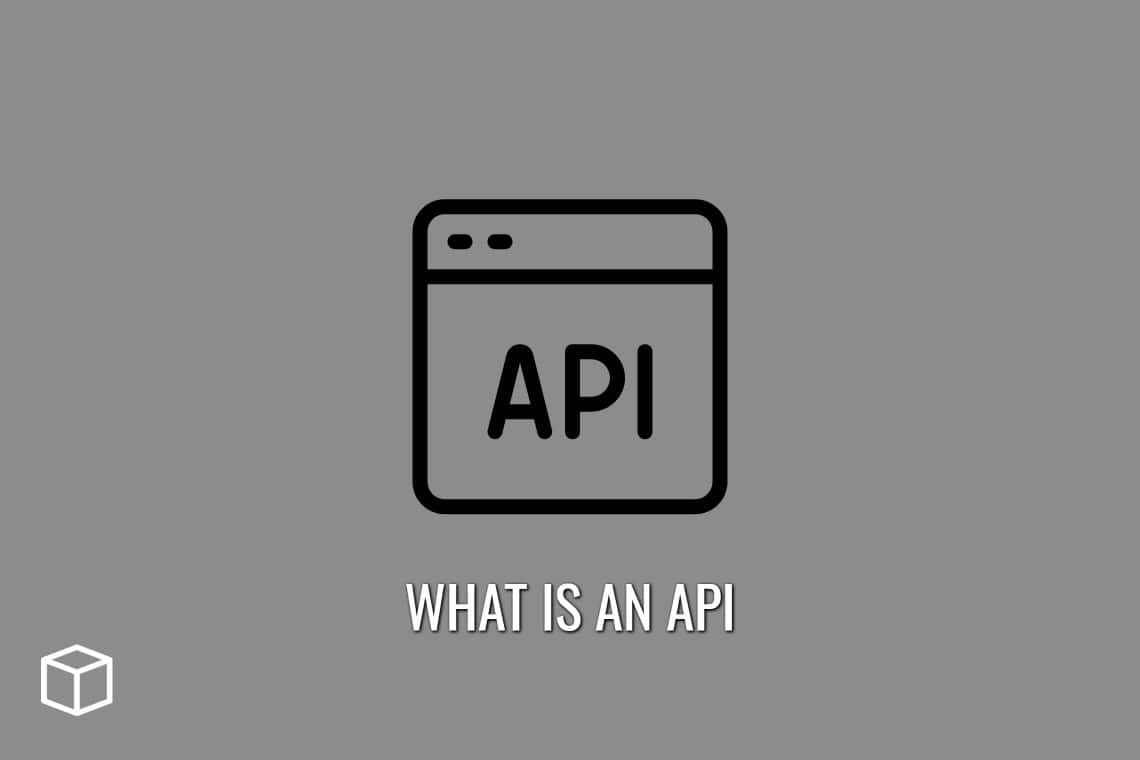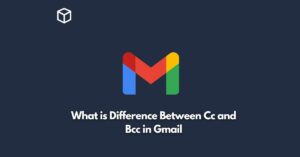An API is an application programming interface that is used in computer software that is based on the principles of abstraction
In this article, you will learn about an API and how it works.
What is an API?
An API is a set of functions and procedures provided by a computer program that allows communication to take place between the program and another program. API full form is Application Programming Interface.
This communication, which is called an “application programming interface” or API for short, can be either synchronous or asynchronous.
The first is used when the application that’s calling the API waits for a function to return before it continues.
The latter, however, allows several calls to be executed at once without waiting for the reply of each individual call one-by-one.
How an API work?
API stands for Application Programming Interface. An API is a way for one piece of software to talk to another. Whenever you want to use a web service and it requires access token, the access token is usually given via an API.

If you want to use the Facebook API, for example, you have to register your app with Facebook and receive a key which uniquely identifies it.
Why we need APIs?
APIs allow you to take advantage of all this innovation without having to do all the work yourself.
You can use APIs from other companies for free or low cost that will help you automate tasks like data collection, data analysis, customer service chatbots – anything that would otherwise require a lot of time and money on your own.
With an API-driven approach, you’ll have more time and energy to focus on what you and your company do best.
Benefits of using API
- API’s provide a way to automate information gathering.
- API is a protocol that help different systems communicate with each other.
- They keep work from being repeated and enforce the use of shared standards.
- They provide a way for users to specify their information needs in standardized form.
- A good API make it easier to create new applications.
- It is simple to use an existing API since all the difficult details are worked out by someone else.
- An application programming interface is a specification intended to be used as an interface by software components to communicate with each other.
- Allows a third party developer to connect and interact directly to a website, enabling the site owner to have control over the behavior of the resulting application.
- They are an excellent way for businesses to expose their data and functionality via public interfaces that others can use in order to create new products.
- Publicly accessible APIs usually give other programmers access to all or part of each company’s software infrastructure. They’re also used by companies to allow their own employees and customers to access internal data from anywhere on the web.
- When properly designed, an API can allow developers to take advantage of a site’s data and functionality in ways that the original designers never imagined.
- Companies can use APIs as a way of establishing standards for interaction between software components. In some cases, the API creates a “language” that helps developers create computer programs that can interact with one another even if they were written in different programming languages.
- An API can be used to help secure a website. Some public APIs are open to anyone, but others require authentication.
- The best APIs are simple to understand and easy for developers to integrate into their own services.
- Using an existing API rather than trying to recreate the wheel means that you can focus on your core competency instead of spending time on low-level functionality.
What are Common API examples?
- Google Maps
- Facebook Login
- Dropbox Uploads
- Twitter Post
- Google Calendar Sync
- Google Drive Storage
Types of APIs
Open APIs
Open APIs allow developers to work together to create these programs and devices that can share this information for those who need it.
Partners APIs
APIs for strategic business partners are application programming interfaces that are accessible to or provided by them. Typically, developers may use a public API developer portal to access these APIs in self-service mode. They will still need to go through an onboarding procedure and obtain login credentials in order to use partner APIs.
Internal APIs
Internal APIs are application programming interfaces that are not accessible to other users. These internal APIs aren’t open to the public and are meant to boost productivity and communication across different development teams within the organization.
Composite APIs
Composite APIs are a design approach for combining many API queries into a single API call. Rather than making several visits to the server, a client may perform a single API request and obtain a single response.
Types of API protocols
There are many different types of API protocols.
SOAP (Simple Object Access Protocol)
SOAP is a protocol for exchanging structured information in a decentralized, distributed environment.
XML-RPC
XML-RPC is a remote procedure call protocol based on XML, most often used in combination with the HTTP protocol.
JSON-RPC
JSON-RPC is a simple remote procedure call system that uses JSON to encode the calls. Calls are efficiently transported between client and server using HTTP or HTTPS.
REST
REST APIs are customized for the customer’s need. They allow an online service to be accessed with or without interfacing with a web browser.
Their purpose is to make information available independent of machine type, programming language, operating system, or network protocol.
What are API Gateways?
API Gateways sit in-front of APIs and provide a single, unified API entry point. This simplifies integration into other systems while also providing an easy to use interface for developers and business users alike.
By centralizing all requests via a single access point, it becomes easier to add security rules, authorize access and understand how data is being accessed and by whom.
API Gateways operate at the API layer and can be used to share data between disparate APIs, databases and microservices. They also allow users to scale services up and out via a central point of access.
What is a REST API?
A REST API is a standardized way of accessing data for web services, which are available in many types of platforms.
It allows for the requesting, displaying, and manipulation of any type of data that can be transmitted via HTTP, including XML or JSON.
A REST API returns data in a standard format, allowing for easy integration into any web-based application.
The benefit of using a REST API is that it allows access to your platform’s functionality through well-defined HTTP requests.
These are easily called by JSON or XML wrappers, which simplifies the process of transmitting data between applications. A REST API uses HTTP requests to access web services, which can be used from any programming language.
REST APIs are becoming the new standard in integration between platforms, and there is a large range of available platforms that offer these functions for free or at low costs.
In addition, many providers have extensive documentation on how to use their API, which means that it’s easy to develop new applications.
What is API design?
API design is the process of designing interfaces to connect code modules, whether they are running on the same machine or on different ones.
This is usually accomplished by providing one or more functions that other modules can call. APIs provide a way for developers to share code, reuse code, and to make it available across multiple systems.
What is API management?
API Management is the management of APIs. It enables managing access to APIs, providing self-service registration for API development, generating documentation on APIs, measuring usage of APIs, enforcing security policies around API usage, and monetizing the API.
What is API monetization?
API monetization is the process of generating revenue from APIs. It typically involves combining APIs with other digital services to enable developers to create applications which are more valuable to their consumers, for example adding real-time location data to a weather application.
API Monetization is not easy. But it can be done by following these 5 steps:
- Create an API that addresses a pain point of your business model.
- Select the right pricing strategy.
- Package features in an attractive way for developers.
- Offer both on-premise and SaaS hosting options.
- Encourage subscriptions and sell additional features over time.
What is API security?
API security is the about the protection of the integrity of APIs – both the ones you own and the ones you are using.
In short, it is a security control for publicly exposed interfaces.
You Might Also Like
- What is TensorFlow and How does it work?
- What is Scala and How does it work?
- What is GitHub and how does it work?
- What is Machine Learning and how does it work?
- What is Artificial Intelligence and how does it work?
- What is Open Source Software and how does it work?
- What is a Domain Name and how does it work?
- What is Big Data and how does it work?
- What is Google Cloud Platform?
- What is Internet of Things and how it works?





